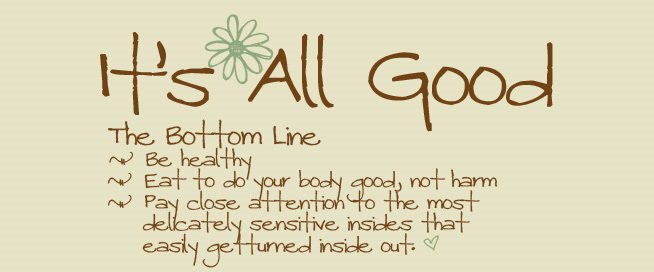According to Dr. Peter Osborne at GlutenFreeSociety.org:
Gluten is a mixture of proteins found in all grains. It is composed of two primary subfractions - prolamines and glutelins. The prolamine gliadin (the prolamine found in wheat) is the most studied piece of gluten in the medical literature as it relates to Celiac Disease. However, there are several types of prolamines found in grains which can also cause sensitivity. Every grain contains gluten, some more than others.
Here are the guidelines for avoiding gluten - the true gluten-free diet:
This is a comprehensive (but not complete) list of foods that do contain gluten or that may contain it. This list can be used as a guideline for those with gluten intolerance or celiac disease.
TRUE Gluten Free Diet Guidelines – Avoid All of These…
- Wheat (prolamine is Gliadin, % gluten of total protein is 69%)
- Barley (malt) (prolamine is Hordein, % gluten of total protein is 46-52%)
- Rye (prolamine is Secalinin, % gluten of total protein is 30-50%)
- Oats (prolamine is Avenin, % gluten of total protein is 16%)
- Sorghum* (prolamine is Karirin, % gluten of total protein is 52%)
- Millet* (prolamine is Paniein, % gluten of total protein is 40%)
- Teff*
- Triticale
- Spelt
- Durum (semolina)
- Einkorn
- Emmer
- Corn (maize)* (prolamine Zien, gluten 55%)
- Rice (does not include wild rice varieties but does include brown rice)* (prolamine Orzenin, gluten5%)
- Groat
- Graham
- Amaranth***
- Buckwheat***
- Quinoa***
Notes:
*These grains are classically considered gluten free, but are not recommended on a TRUE gluten free diet. If you would like to learn more about why these other grains should be avoided, watch the following video <<<
*** These items are technically not grains, but are at high risk for cross contamination and not recommended on a TRUE gluten free diet unless verification can be obtained. These pseudo cereals are also very high in glutamic acid and should be discouraged as substitutes for patients with neurological symptoms.
*** These items are technically not grains, but are at high risk for cross contamination and not recommended on a TRUE gluten free diet unless verification can be obtained. These pseudo cereals are also very high in glutamic acid and should be discouraged as substitutes for patients with neurological symptoms.
Misc. Food Additives or Processed Foods That Can Contain Gluten
- MSG
- Modified food starch
- Textured vegetable protein
- Hydrolyzed plant protein
- Hydrolyzed vegetable protein
- Hydrogenated Starch Hydrolysate
- Hydroxypropylated Starch
- Pregelatinized starch
- Vegetable gum
- Vegetable protein
- Extenders and binders
- Maltodextrin (wheat or corn based)
- Dextrin
- Maltose
- Non Dairy Creamer
- Seasonings (check labels)
- Natural Flavors
- Smoke flavors
- Artificial Flavors
- Natural Colors
- Artificial Colors
- Caramel color and flavoring
- Soy Sauce
- Miso
- Bouillon cubes or stock cubes
- Candy may be dusted with wheat flour; ask.
- Canned soups – Most are not acceptable.
- Cheese spreads & other processed cheese foods.
- Chocolate – may contain malt flavoring.
- Cold cuts, Wieners, Sausages – may have gluten due to cereal fillers.
- Dip mixes
- Dry sauce mixes
- Honey Hams – can be based with wheat starch in coating.
- Ice Cream & Frozen Yogurt – check all dairy. Cows are fed grains and many react to dairy for this reason. Grass fed dairy recommended (or avoid dairy altogether).
- Instant Teas & Coffees – cereal products may be included in the formulation.
- Mayonnaise – check thickener and grain based vinegar ingredients
- Mustard – Mustard powder may contain gluten
- Oil, frying – Check for cross contamination or corn based oils.
- Poultry and meats – Check out the flavorings and basting and inquire about meat glue
- Sour cream – May contain modified food starch of indeterminate source.
- Dry roasted nuts & honey roasted nuts
- French fries in restaurants – Same oil may be used for wheat-containing items.
- Gravies – check out thickening agent and liquid base.
- Vitamin supplements (different brands contain grain based ingredients – check the labels carefully)
- Baking powder (commonly contains grain – wheat or corn)

